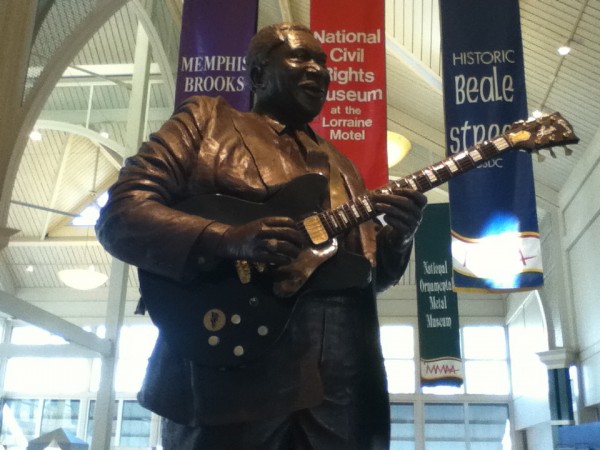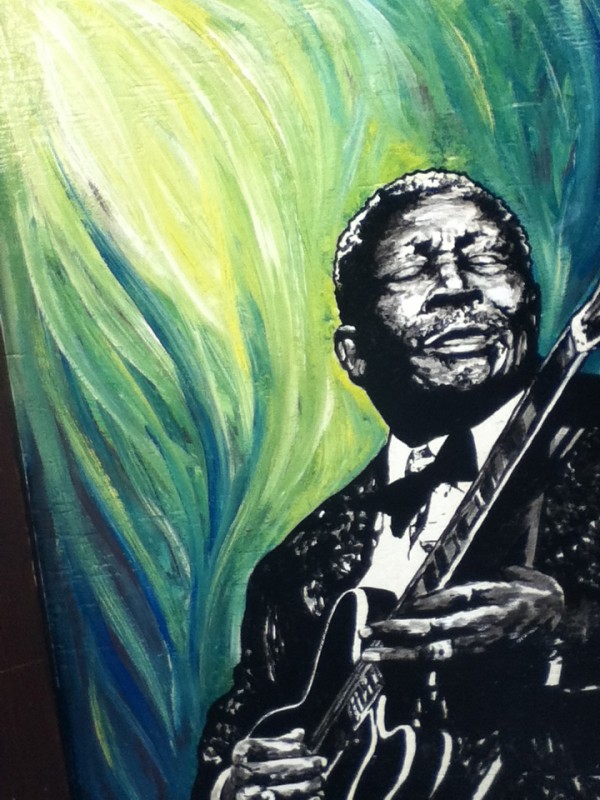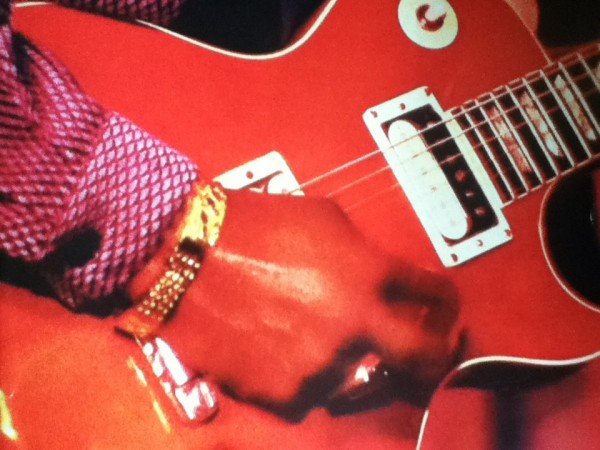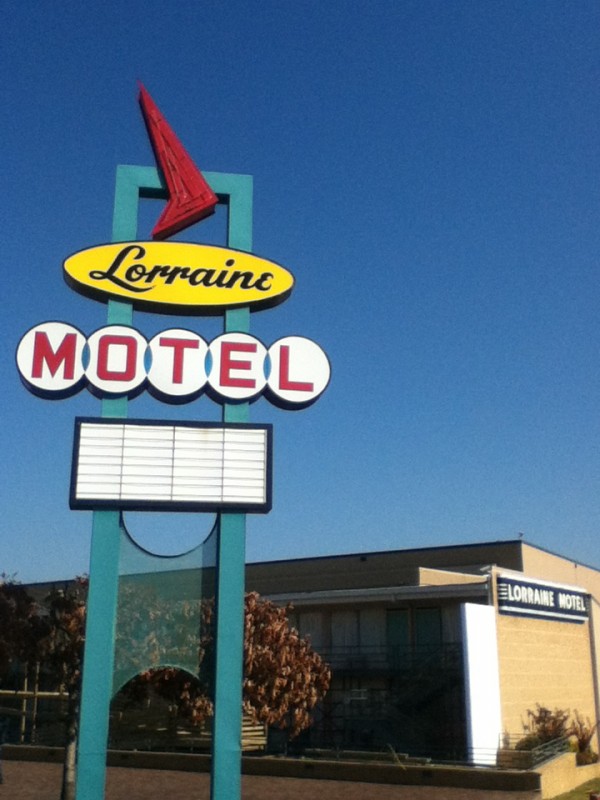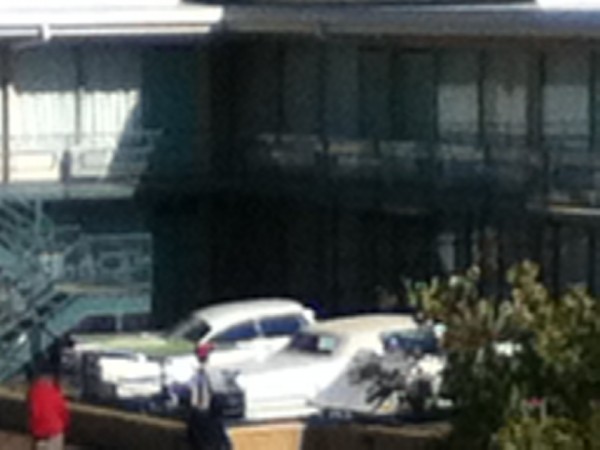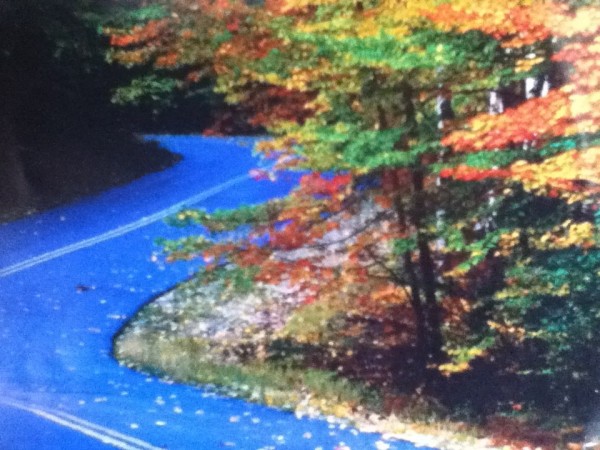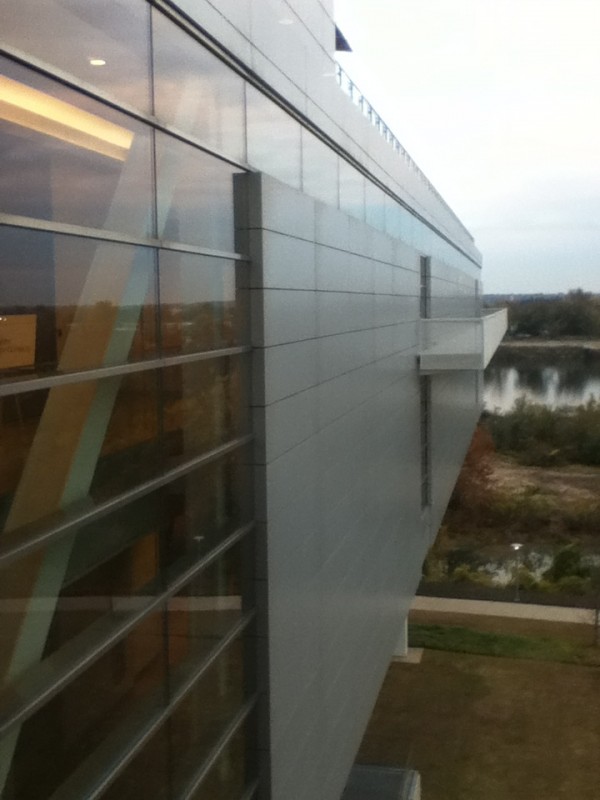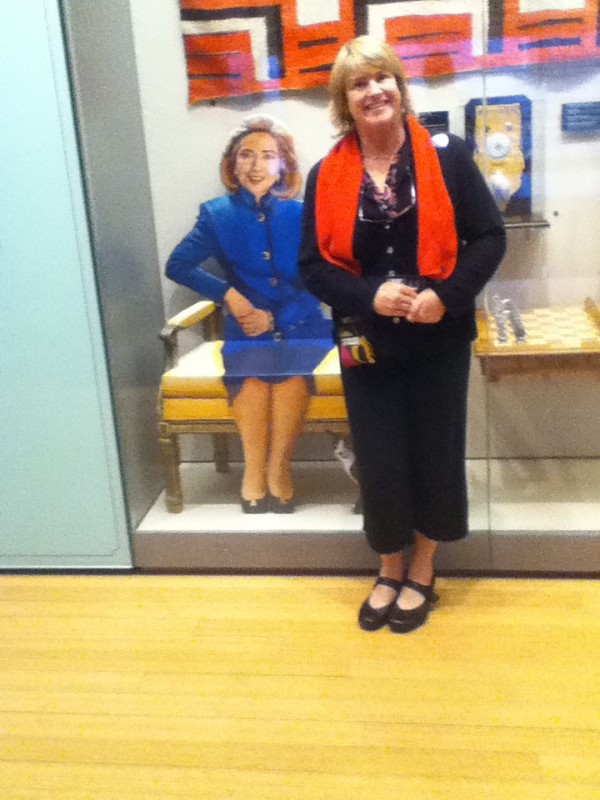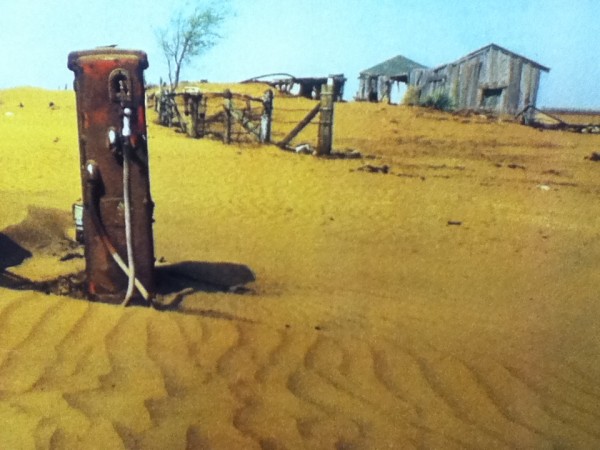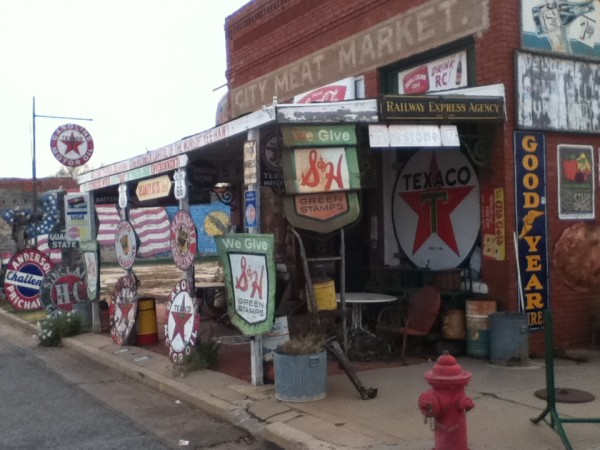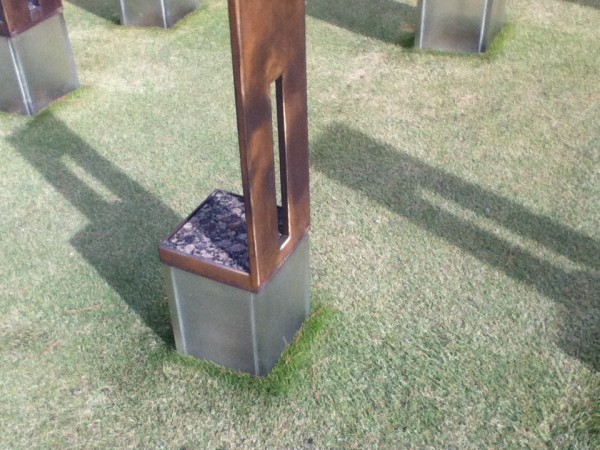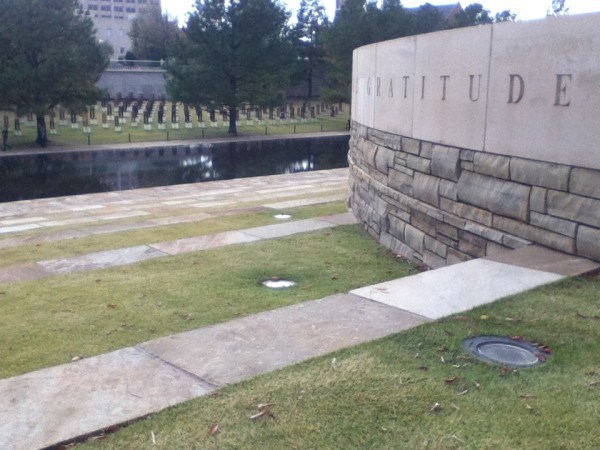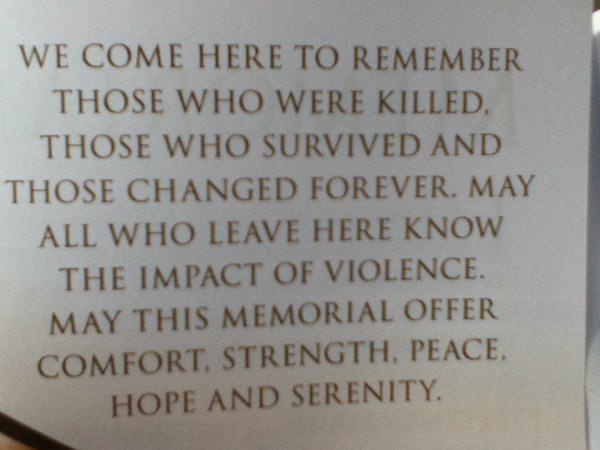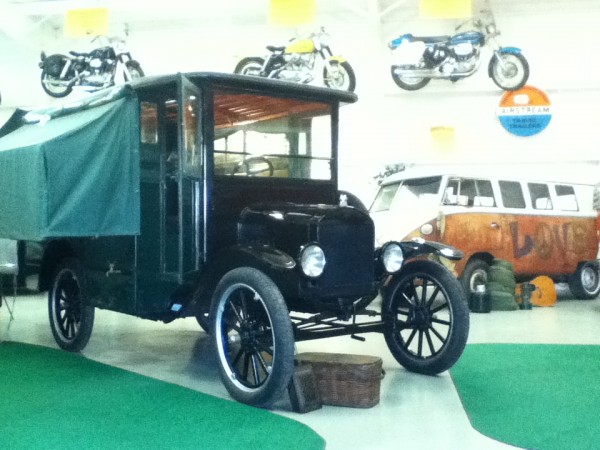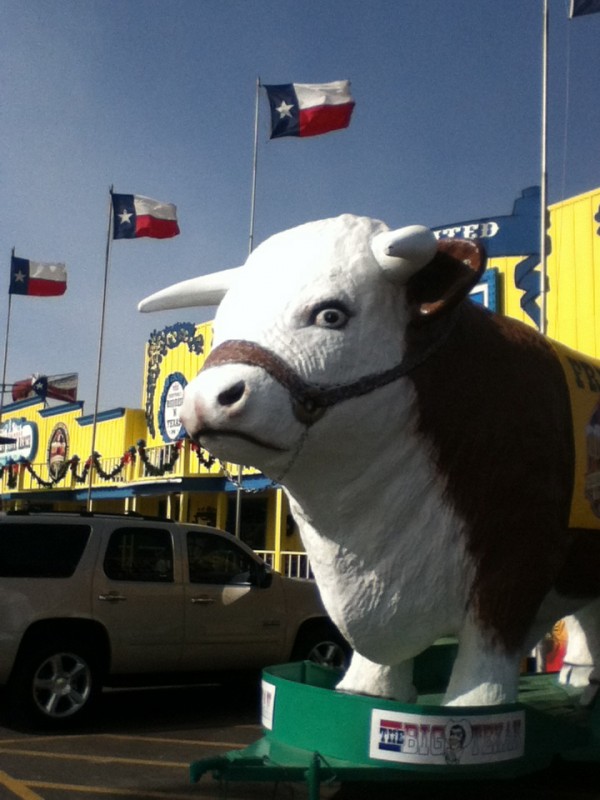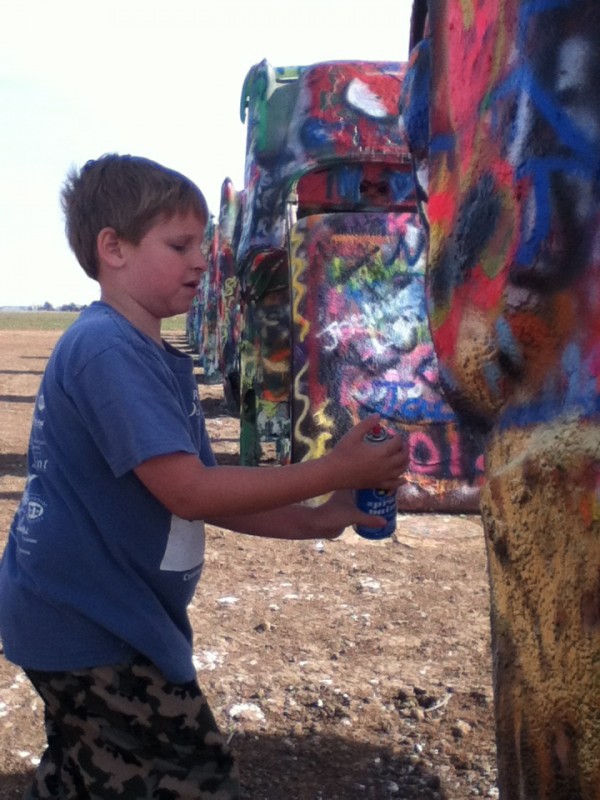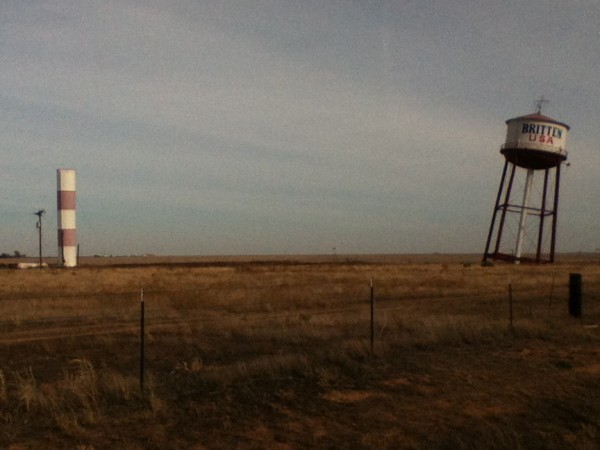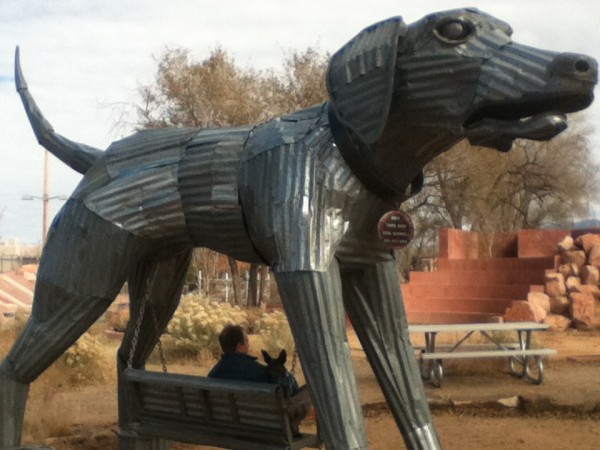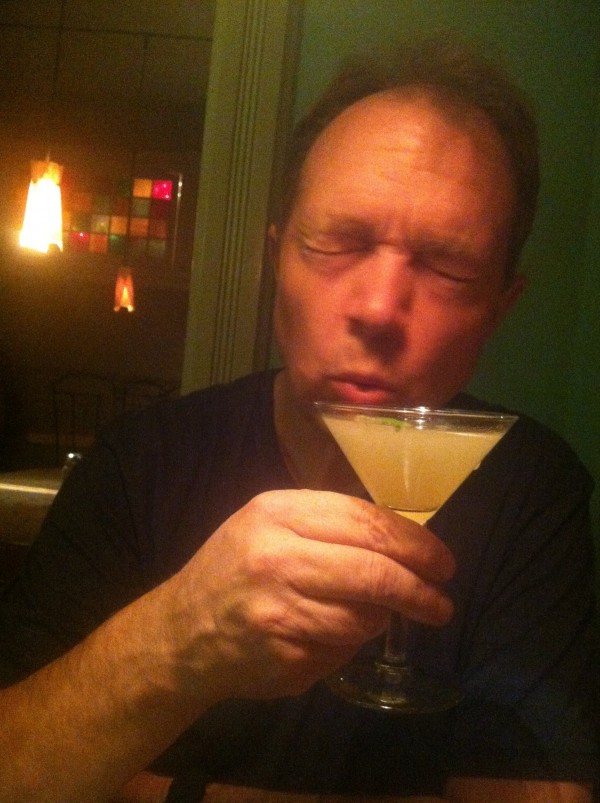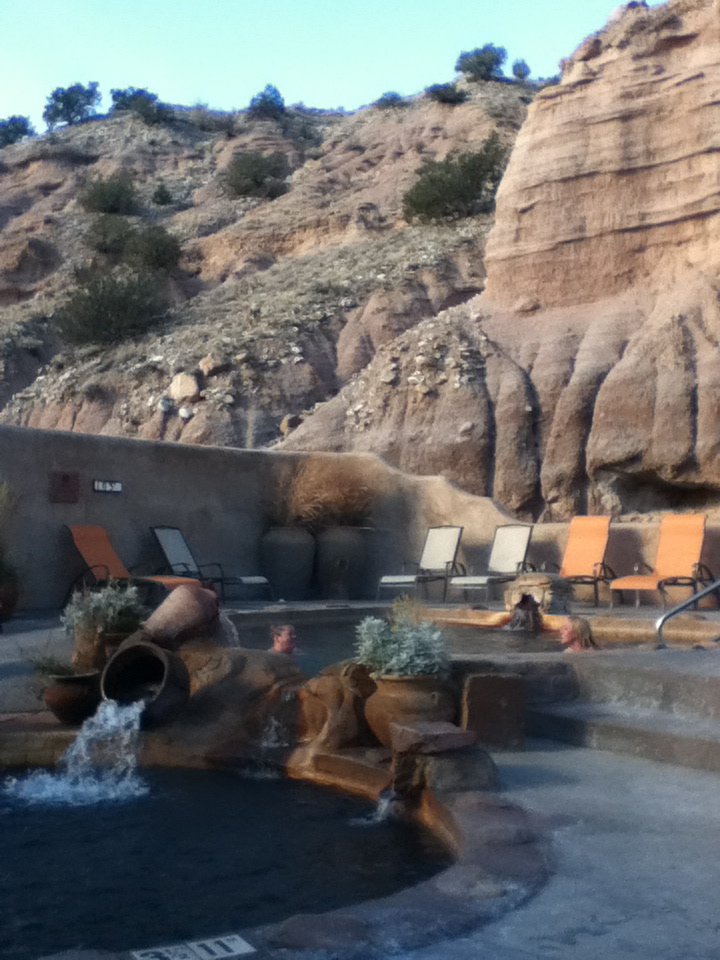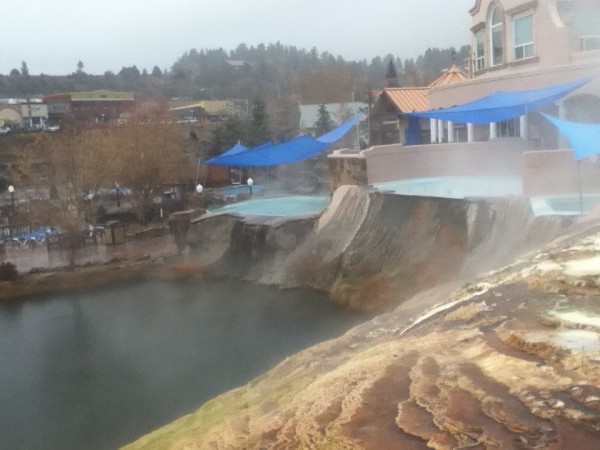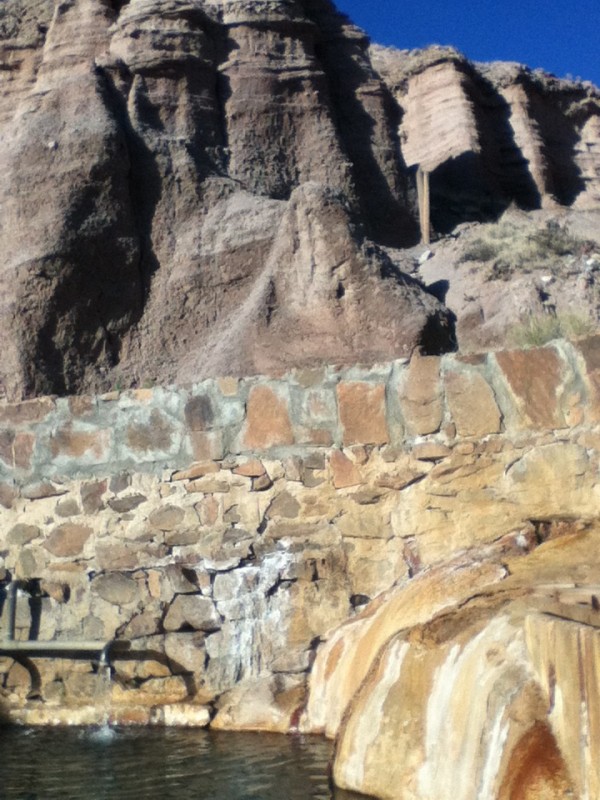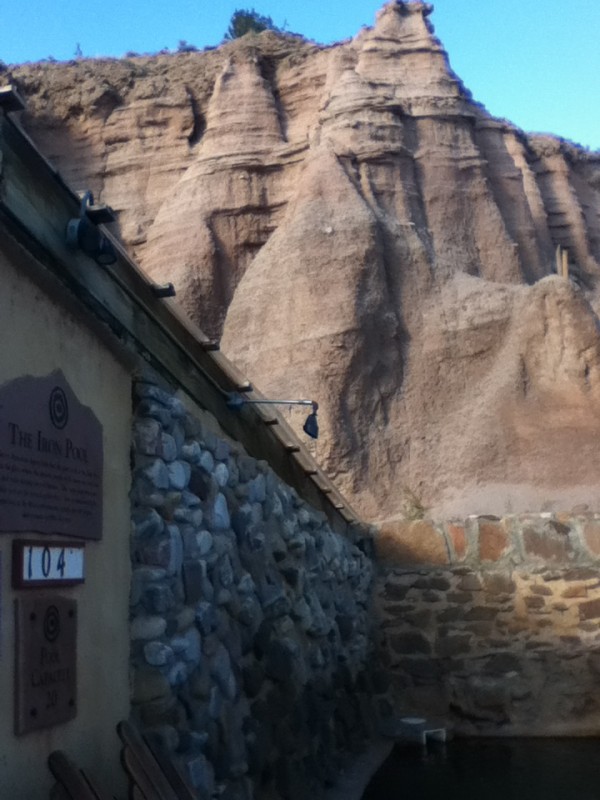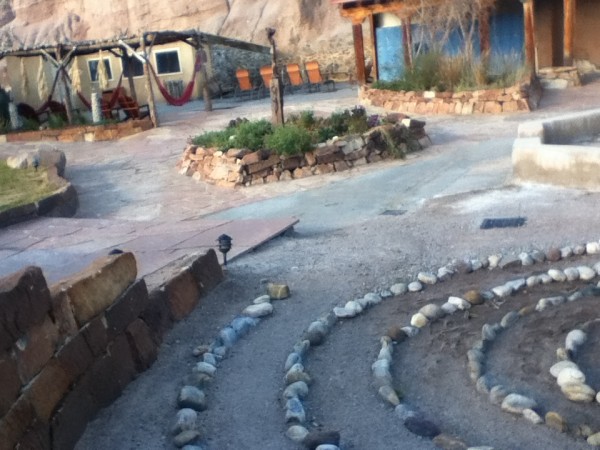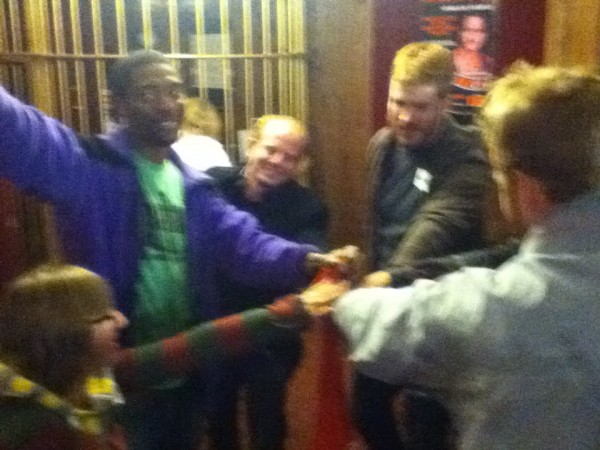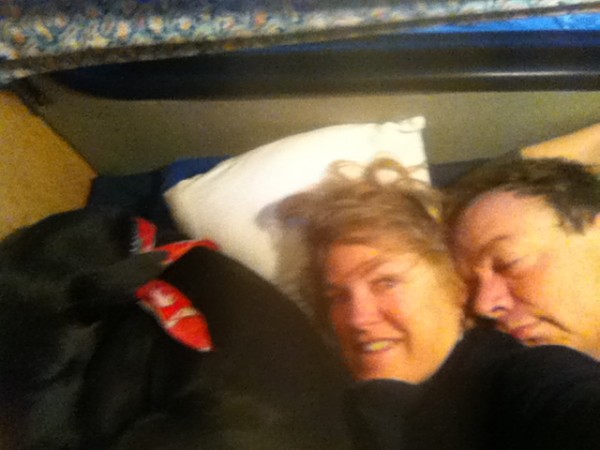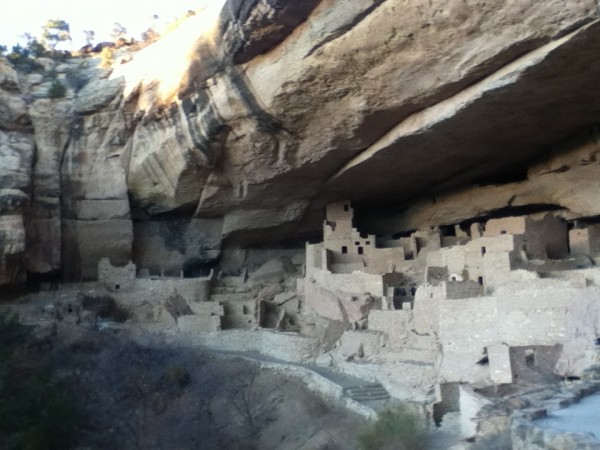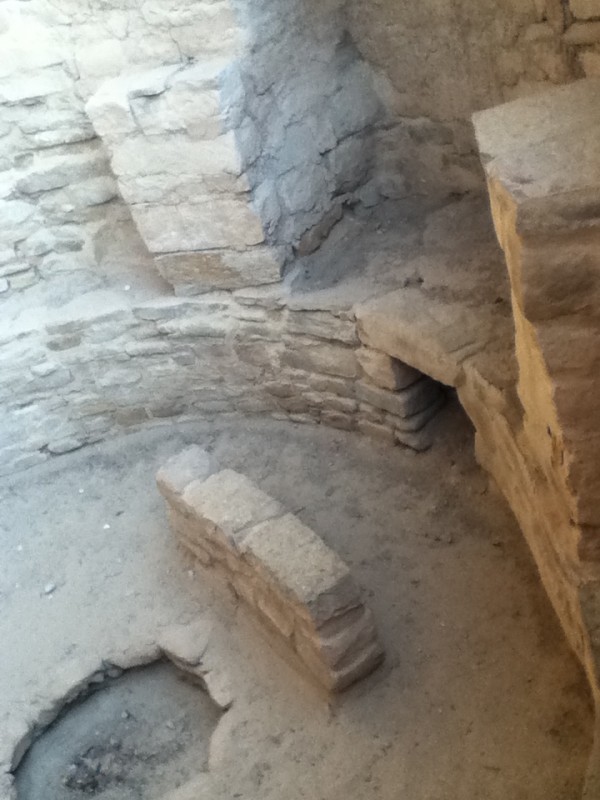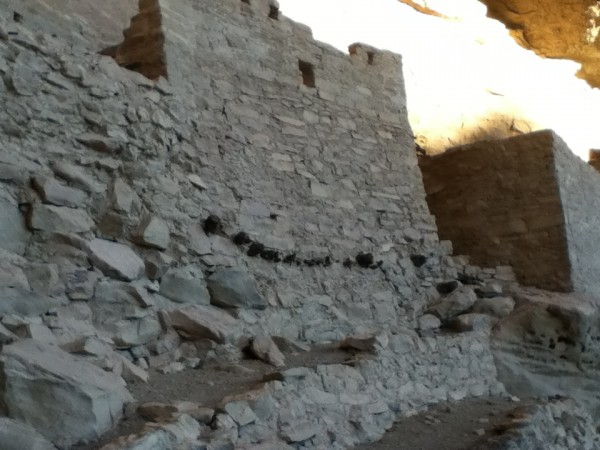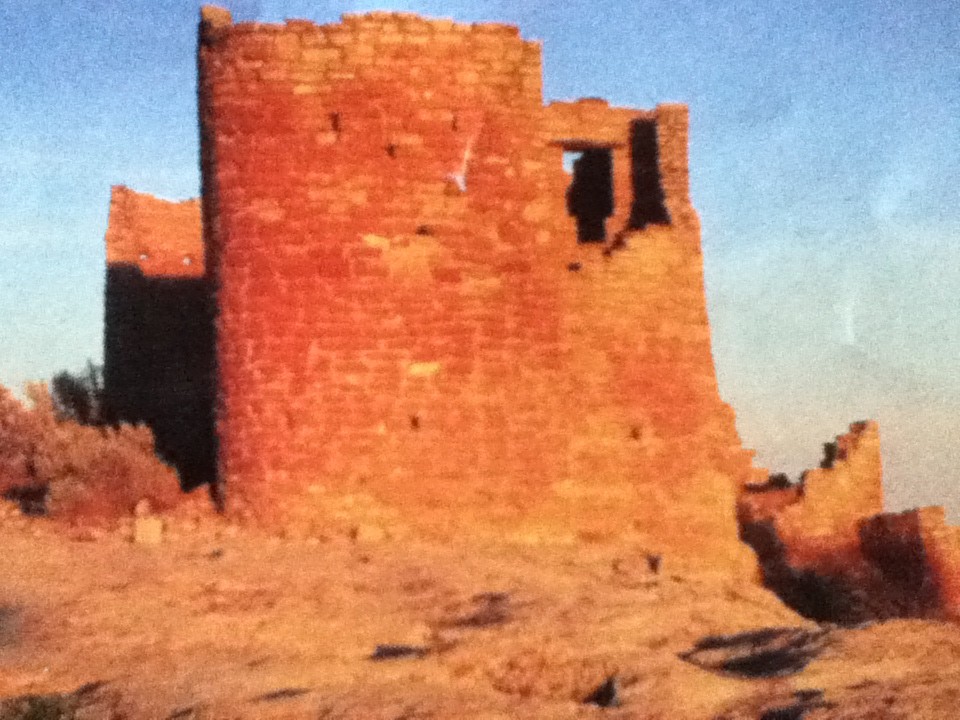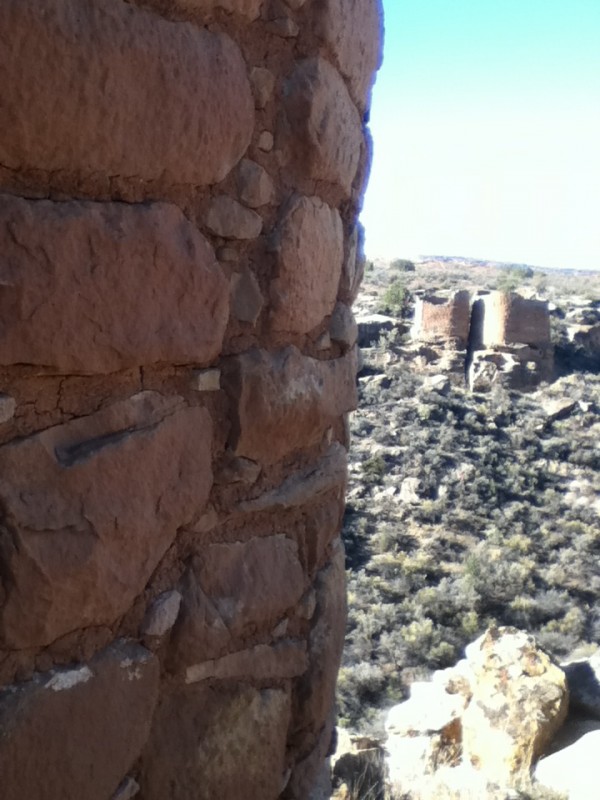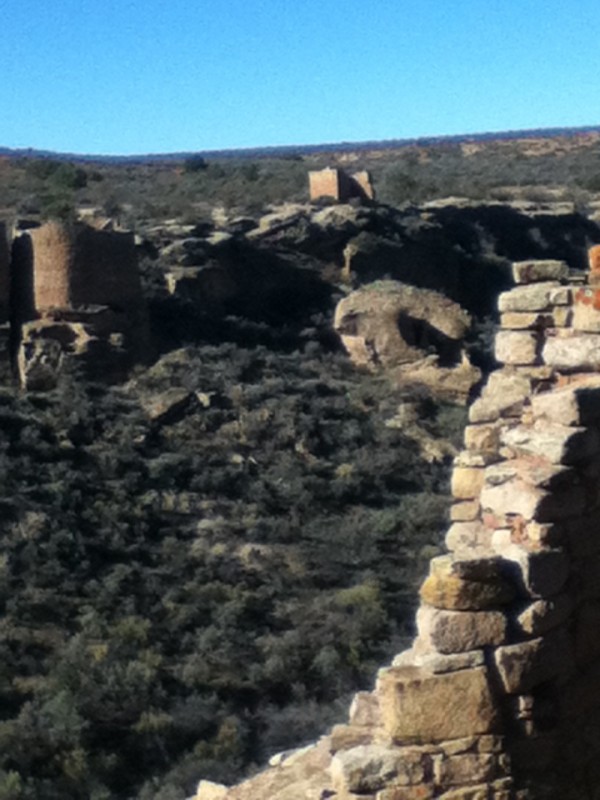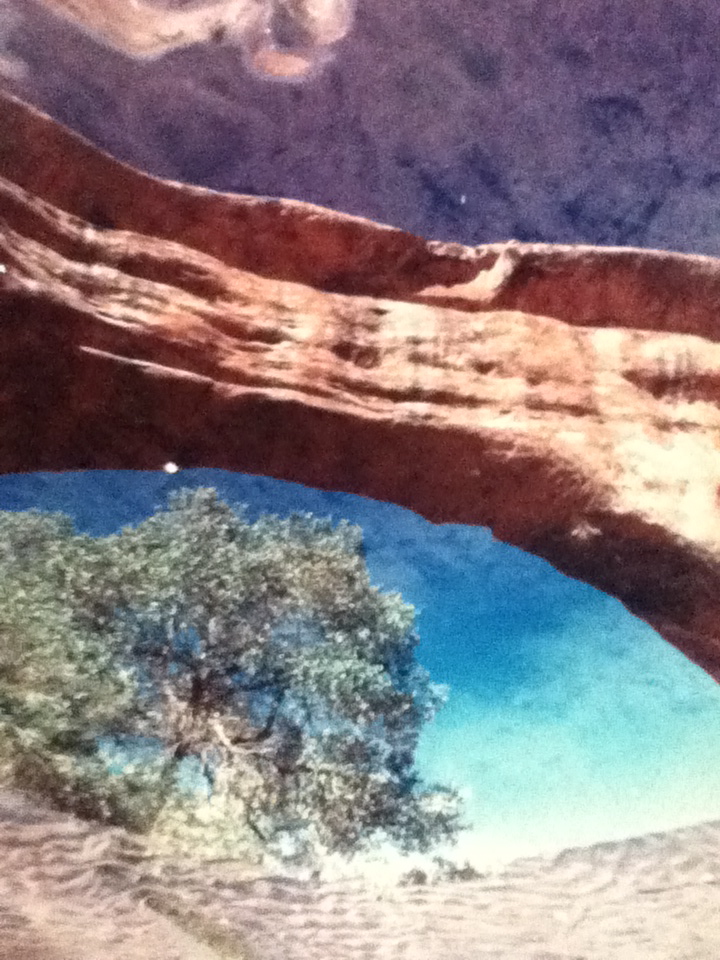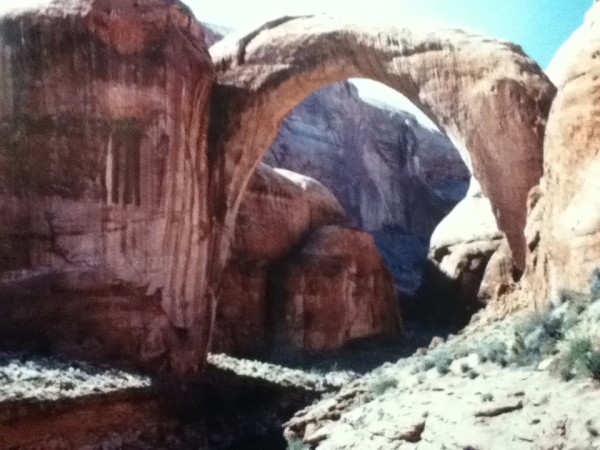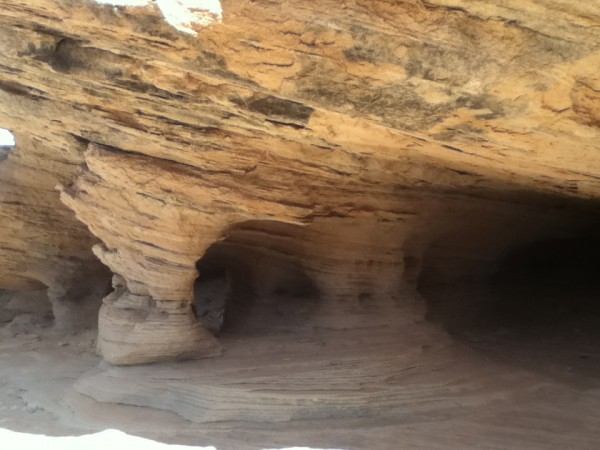At last we are at the great divide. Most Southerners say the West ends here, but we’ve seen no cowboy paraphanalia, red rocks, or profusion of tex-mex restaurants since we left OK; Arkansas is definitely not “western'” in feel as it oozes southern charm and cuisine. Tennessee, however, is all about music, fishing and pit BBQ. Now we are hearing sentences beginning with, “Hon” and “Ya’ll” on a regular basis, along with “Crick” instead of Creek, and you can’t buy wine or hard liquor in the grocery stores, even the Walmart. The Pyramid in Memphis, the former convention center was recently purchased by Bass Pro, who will renovate until 2014 and open the ultimate mega fishing store.
Memphis showcases the Alabama and Mississippi blues players who came north to record with Sam Phillips at Sun Records. B.B. King is their major hitter of course but the list includes, Carl Perkins, Johnny Cash, Roy Orbison, Jerry Lee Lewis, and of course, Elvis Presley. People make a big deal about Rock-a-billy because Graceland is 10 minutes away. However, Sam Phillips always claimed that Howlin’ Wolf, was, above Elvis and all others, “His Greatest Discovery”. The staff and I had a rousing discussion about the identity of the King of Rock and Roll. They are convinced the King is Ike Turner (and the Rythym Kings) in 1951; I remain convinced it is Chuck Berry (1956). I guess reasonable minds can differ on this topic. Nonetheless, November is W.C. Handy month in Memphis so we enjoyed the free concert in the eponymous park by the Juke Joint All Stars, and enjoyed a blues solo performer in a club on Beale Street.
We also went to STAX records, A.K.A. “Soulsville, USA” (in competition with Motown’s “Hitsville, USA”). Their proceeds support an on site grade 6-12 charter school and an audition based music academy, primarily for at risk youth. STAX major hitter was Otis Redding, but they produced for Albert King, Booker T. and the MGs, and Isaac Hayes. Of course we hummed “Dock of the Bay” for a while after our visit. What I took away from the exhibits is the understanding of Gospel as the roots of Soul Music.
We had to try the BBQ at the Cozy Cafe in Memphis. We could smell it from blocks away, whole turkeys roasting for Thanksgiving, along with the ribs, pork shoulders and the unusual cornish game hens. We tried to limit the calories by just going for a slab of ribs, without the sides, even though their banana pudding, another specialty made by a local school teacher, was calling out to us. I realize as I am making a study of pit BBQ cuisine, that I like dry-rub, where it is all about the meat, not the sauce. I asked the older guy working the pit here how long he had been pit cooking. “All my life”, he responded. It showed in the product; best BBQ I have ever had.
A visit to Memphis must include a visit to the Lorraine Motel. I stood on a second floor balcony, next door to the second floor window from which James Earl Ray shot and killed Dr. King on the balcony of the Lorraine Hotel on April 4th, 1968. I re-experienced the anger and loss of such an amazing and inspirational man. His assassination made me understand how deeply he rocked the rascist assumptions inherent in this country, and enabled us to see that we had the power to change it. The comments he made in the days immediately before the assassination, presaged his demise, calling for all of us to take it forward after he was no longer there to lead. A chilling reminder of what one person with a dream can accomplish for a nation.
The following day we visited the Shiloh National Military Museum/Battlefield/Cemetary. The numbers are staggering with over 20% of the soldiers, Union and Confederate, killed in battle at the site, most of them young recruits. This site is noteworthy as the first major battle of the Civil War. The Union was in retreat, as the Confederate soldiers mounted a surprise attack before Union reinforcements had arrived, yet prevailed with reinforcements, sending a message that the Union would sacrifice everything to win this war. Tennessee was also the site of the most decisive battle at the end of the war, and Tennessee was the first of the Confederate states to join the Union. I felt appreciative of the many sacrifices made to end slavery. I hope that “Lincoln”, the new movie with Daniel Day Lewis, can stand up to the dramatic story of his leadership. Again, I am reminded that one person, with sufficient wisdom, conviction and vision can make a world of difference, especially with a support team. General Ulysses Grant was supported at Shiloh by an amazing staff, many of whom went on to great accomplishment: Two became Presidents (Grant and Garfield); John Wesley Powell lost an arm at Shiloh but became one of the great explorers of the American West (see previous blog 11/2/2012: “How do you HooDoo?”); Henry Stanley, a newspaperman who tracked down Dr. David Livingston in Africa; William Jenney whose Chicago multi-story engineering feat gained him the name “Father of the Skyscraper”; and Lew Wallace who penned the novel Ben Hur. That’s the kind of folks I want on my team when I need to accomplish a task requiring extreme bravery and intelligence.


